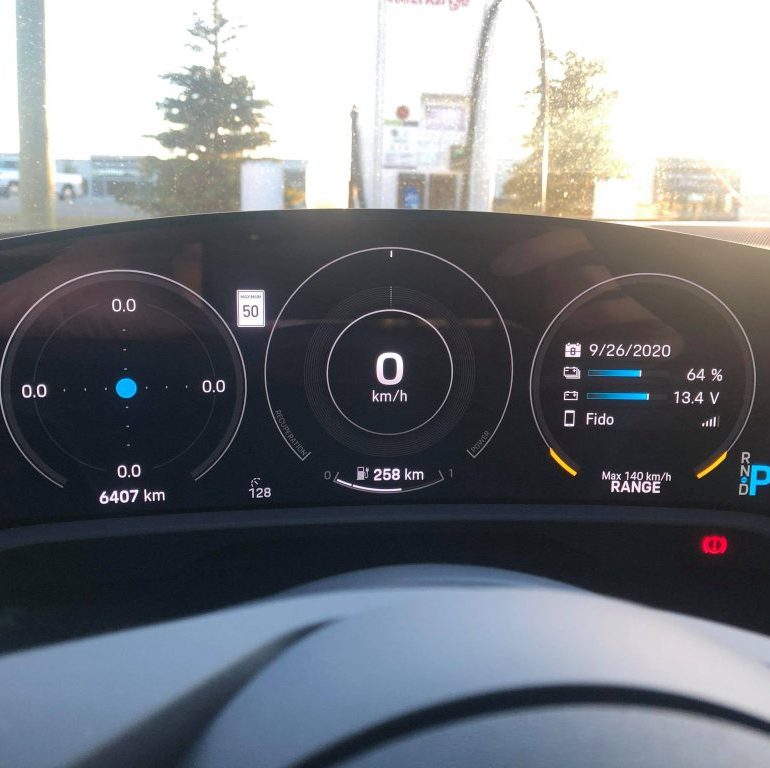Hello again, everyone. After a few things I had to take care of on the personal side, I am finally back on the blog.
For those who have been following, you would know that I recently embarked on a relatively long-distance trip in the Porsche Taycan 4S. Photos of the ‘main event’ during that trip were shared in a previous post I made. Now, I would like to get into the nitty-gritty of the ~600 km round-trip I completed within the same day (a good 14 hours or so).



